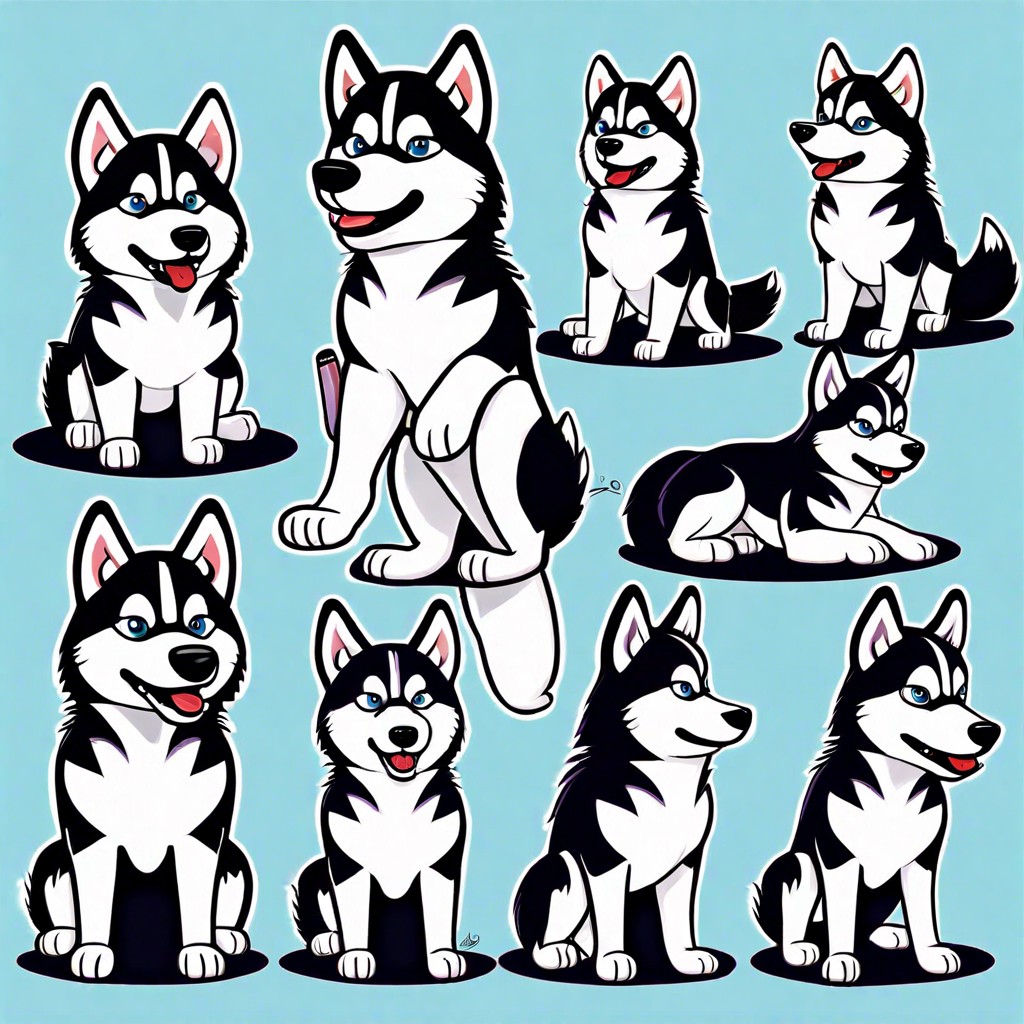Discover the surprising size of wolf spiders and how they compare to other common spiders you may encounter.
Key takeaways:
- Wolf spiders range from half an inch to two inches in length.
- Some wolf spiders can stretch their legs up to four inches.
- The Carolina wolf spider is the largest in North America.
- Wolf spiders have a brown, gray, or tan color palette.
- Female wolf spiders carry their eggs in a silk sac attached to their spinnerets.
Size
Think of wolf spiders as the SUVs of the spider world. These agile hunters come in a variety of sizes, but most species fit comfortably in the palm of your hand—though this might not bring you much comfort if you encounter one unexpectedly.
Their bodies typically range from half an inch to two inches in length. As if that weren’t enough, you gotta account for those leg spans. Some wolf spiders can stretch their legs out to cover a span of up to four inches. That’s like having a tiny, eight-legged cheerleader.
If we’re talking giants, the Carolina wolf spider holds the record for being the largest in North America. With a leg span of up to four inches, it’s basically the Shaquille O’Neal of the spider kingdom.
Size can vary depending on their lifecycle stage and species. Young wolf spiders are often much smaller and gradually grow larger each time they molt. So, if you first meet one of these arachnids when it’s a baby, don’t get too attached—it might just outgrow your friendship.
Description
Generally, wolf spiders sport a brown, gray, or tan color palette, often adorned with stripes or other markings. Think of them as the camouflage experts of the spider realm, blending in with leaf litter and rocks like it’s a high-stakes game of hide-and-seek.
Unlike their web-building cousins, these arachnids are built for speed and agility. Their long, robust legs make them adept hunters, sprinting after prey like sprinters at a track meet.
Their eyes are another key feature. With eight of them gleaming in multiple sizes, wolf spiders boast impressive night vision. Imagine having your very own set of night-vision goggles permanently attached to your head. Handy, right? Especially if you’re a nocturnal predator!
Their body shape is rugged and low to the ground, almost like the spider version of a high-performance race car.
Reproduction and Life Cycle
Once a female wolf spider finds Mr. Right (or at least Mr. Right-Now), she lays her eggs in a silk sac. She’s quite the multitasker, carrying this sac around attached to her spinnerets like a tiny, wobbly backpack. Talk about a mom who’s got it all together!
Baby wolf spiders, called spiderlings, hatch inside this sac. When the spiderlings are ready to face the world, they climb onto their mom’s back for a piggyback ride that would make any minivan-driving soccer mom jealous.
As spiderlings grow, they go through a series of molts, shedding their exoskeletons in favor of larger ones. Think of it as trading in your old shoes for a bigger size, only way more dramatic. Through this process, they eventually reach adulthood, ready to start the next cycle of spider antics. The life expectancy? Roughly one to two Amazing Spider-Man comic issues long, depending on factors like predators and availability of food.



